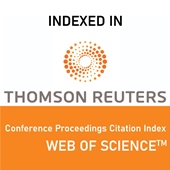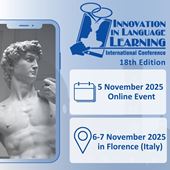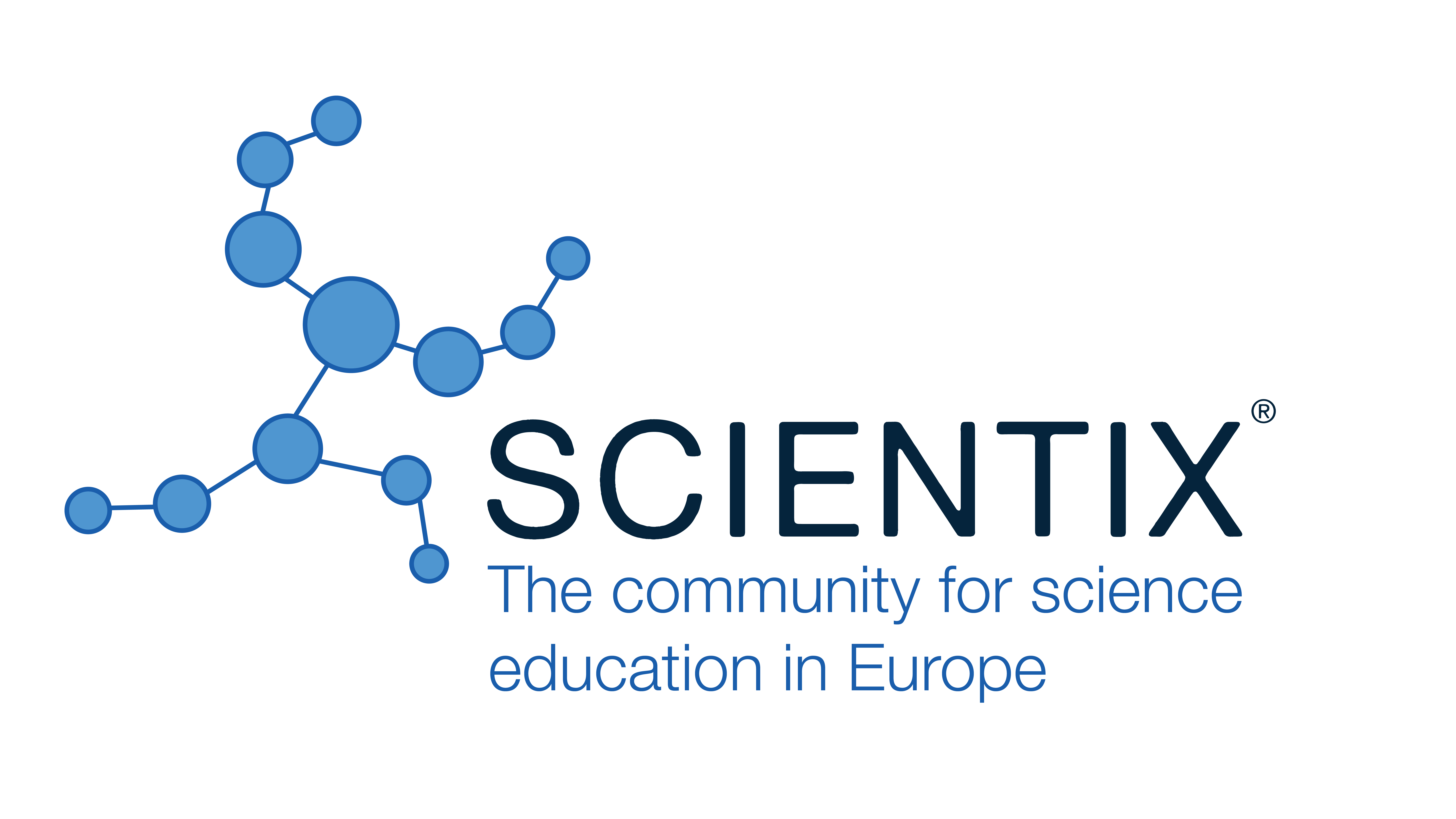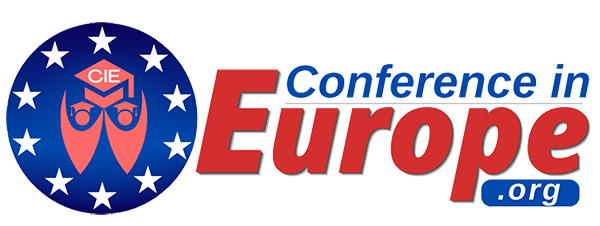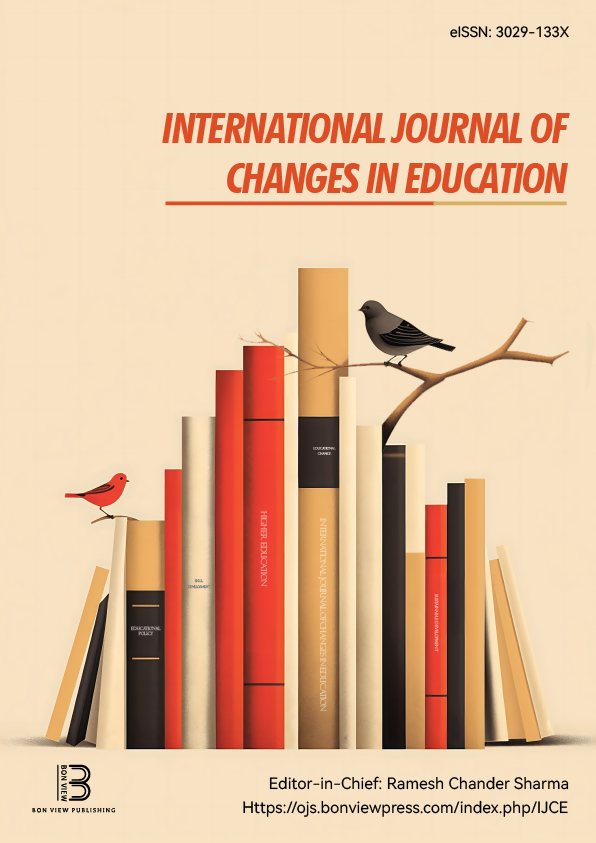Beyond Access: ICT Utilization and Innovation in Japanese Education
Niculina Nae, Nagoya University of Commerce and Business (Japan)
Abstract
The integration of digital technologies in education is often portrayed as a pathway to innovation, equity, and enhanced learning outcomes [1]. In Japan, widespread access to personal digital devices and high-speed connectivity has created unprecedented opportunities for language education [2]. However, access alone does not guarantee effective learning, and disparities in ICT utilization persist across schools, teachers, and subject areas.
This presentation examines how Japanese language classrooms navigate the gap between technological access and meaningful pedagogical use. Drawing on government reports, policy analyses, and classroom case studies, it highlights how teacher training, institutional culture, and subject-specific practices influence the integration of ICT in language learning. While digital tools have the potential to enhance communicative competence, foster learner autonomy, and support collaborative and intercultural engagement, underutilization or superficial use can reinforce existing inequities [3], [4].
The study situates these findings within broader global debates on digital equity and educational innovation, emphasizing that meaningful integration requires pedagogical strategies that go beyond infrastructure. Recommendations are offered for language educators and policymakers to develop teacher capacity, design engaging ICT-based activities, and ensure equitable learning opportunities. By focusing on digital pedagogy, critical utilization, and learner-centered innovation, language classrooms can leverage technology not merely as a tool, but as a catalyst for meaningful linguistic and cultural learning.
|
Keywords |
ICT in language education, digital divide, pedagogical innovation, digital literacy, Japan, equity in education |
|
REFERENCES |
[1] OECD. (2021). Students, computers and learning: Making the connection. OECD Publishing. [2] MEXT. (2020). GIGA School Initiative: Realization of one device per student. Ministry of Education, Culture, Sports, Science and Technology. [3] Warschauer, M. (2003). Technology and social inclusion: Rethinking the digital divide. MIT Press. [4] Selwyn, N. (2016). Education and technology: Key issues and debates (2nd ed.). Bloomsbury Academic. |
 Innovation in Language Learning
Innovation in Language Learning
